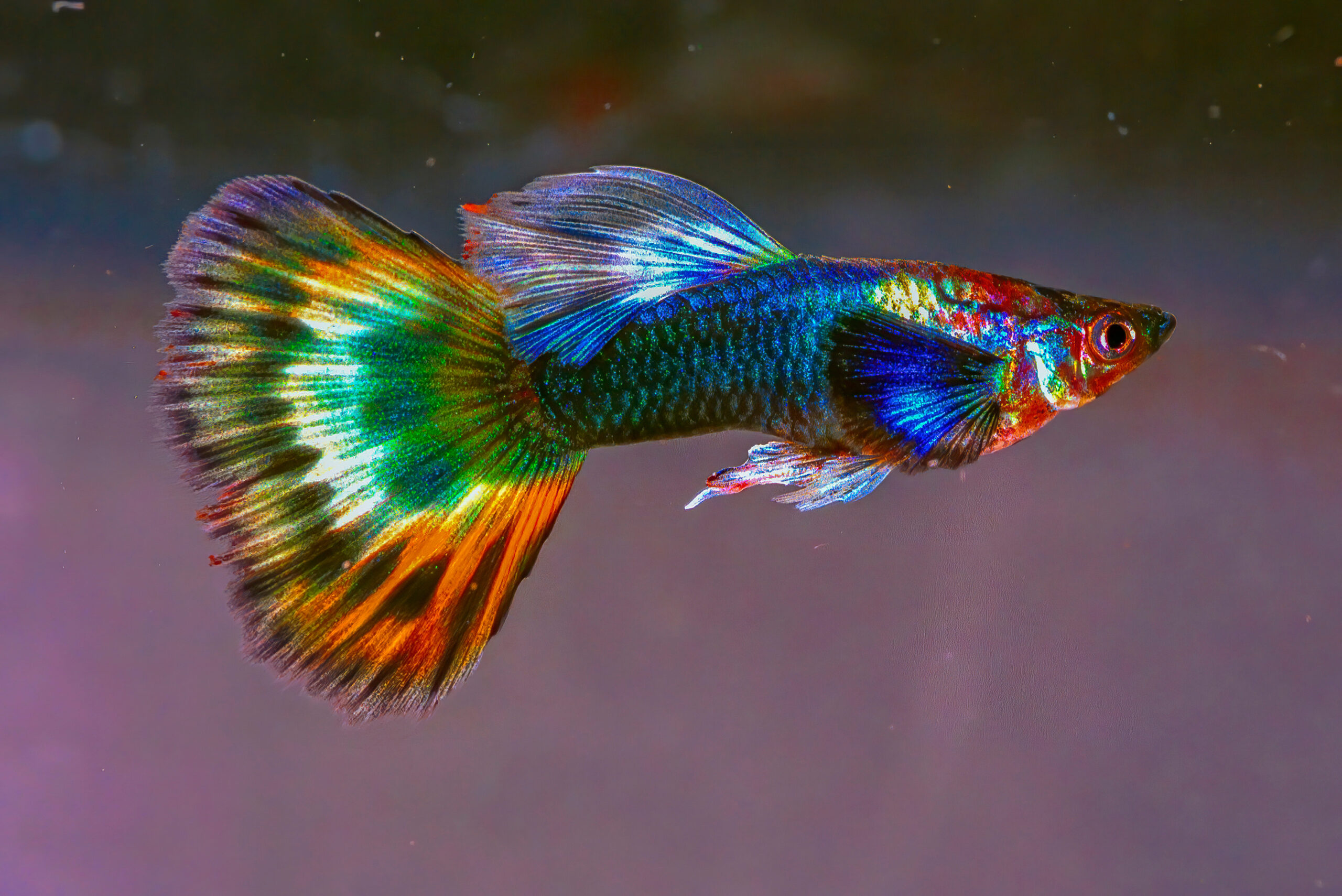
Guppies (Poecilia reticulata)
The Colorful History of Guppies: From Trinidad Streams to Global Aquariums
Guppies, those vibrant little fish adorning countless aquariums around the world, have a rich and colorful history that spans centuries. Originating from the freshwater streams of Trinidad and Tobago, these tiny fish have captivated fish enthusiasts with their dazzling colors and lively personalities since we first started importing fish.
Discovery and Early Observations
First described in 1859 by Wilhelm Peters, German naturalist and explorer, during a trip to venezula, two years later they were described by Filippo De Filippi in Barbados, finally in 1866 Robert John Lechmere Guppy, sent some specimens he had collected to the British museum, and in his honour they were named Girardinus guppii by Albert Günther. For a while all three species would have been considered valid, but in 1913 the journey to merging the three named species into one began. Today we use the first description that of Wilhelm Peters Poecilia reticulata, but the common name still refers bach to Robert John Lechmere Guppy.
It’s also that description that has given rise to the sumption that guppies are originally from Trinidad. But the fact that in 8 years, before we started moving fish routinuely around the world, Guppys were discovered from South America to half way along the Carribean Islands hints that they were widespread before then and have a larger natural range than the volcanic slopes of Trinidad.
Aquarium Conditions.
Guppys need hard water. there is no getting away from that. They can survive in softer water, but their lives will be shorter and more painful.
Temperature: 17 – 28 °C
pH: 7.5 – 8.5
KH: dKH 8- 30° 143 – 536 ppm
GH: dGH 8- 30° 143 – 536 ppm
Guppies are active fish, so a 60l tank is the bare minimum for a group.
Breeding
Guppies will breed even in the worst conditions, and even when approaching death. They also start to breed at a very young age, and females can store sperm for at least 9 months, meaning that a single female can start a new populaton if she ventures into a new area in the wild, or a new tank. A tank can rapidly become over run with guppy fry, that any keeper will struggle to rehome.
There are some stunning colour strains in guppies, along with a variety of tail shapes. If you fancy a breeding project Guppys are well worth looking at. But this isn’t the sort of thing you can do in a single tank without some dedicated selection of the breeding pairs and seperating the young females before allowing them to mate at random with the males of the group.
